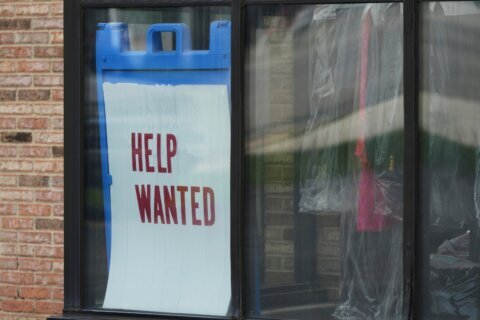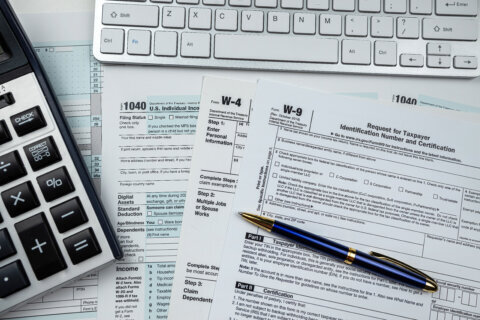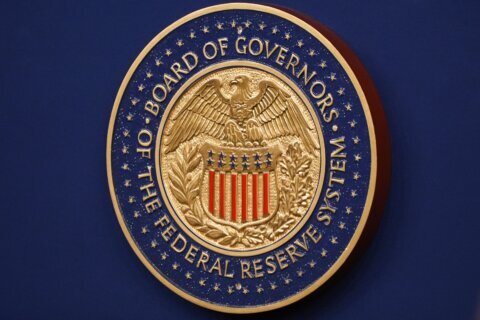U.S. stocks turned out a choppy performance in 2015, and the Standard & Poor’s 500 index is shaping up to end nearly even for the year. Uncertainty may have been the name of the game in 2015, as investors waited all year for the first interest rate hike from the Federal Reserve in nearly a decade. The Fed finally delivered a modest interest rate increase in December and telegraphed its expectations for a gradual pace of rate hikes in 2016. This is good news for the economy, the central bankers say.
But is it good for the stock market?
The current bull run in U.S. stocks is set to hit its seventh birthday in March 2016. A bear market, generally defined a decline of 20 percent or more, has been in hibernation for years. Peering into the crystal ball, most observers believe the bear will remain in hibernation in 2016 as the macroeconomic environment remains supportive for stocks.
“Key indicators such as inflation, earnings, valuation, interest rates and sentiment do not point toward a looming recession,” says Terry Sandven, chief equity strategist at Minneapolis-based U.S. Bank Wealth Management. “We expect equities to grind higher in 2016. Our year-end 2016 price target is 2,225 for the S&P 500, roughly 8 percent above current levels.”
Ernie Cecilia, chief investment officer for Bryn Mawr Trust in Bryn Mawr, Pennsylvania, also says the bull run in stocks can continue in 2016. “We are looking for modest growth over the next several years and expect to see more constrained earnings growth with little or no multiple expansion. We are expecting 6 to 7 percent returns, but it’s important to note that we evaluate markets over three- to five-year time horizons,” he says.
Here is a look at three key factors that could drive stock direction in 2016.
The pace of Federal Reserve interest rate hikes. U.S. gross domestic product growth is forecast to grow at 2.7 percent in 2016, according to S&P Capital IQ. The Fed will be watching the pace of growth closely and adjust interest rates accordingly. Current expectations are for another three to four interest rate hikes throughout 2016, which would still be extremely modest by historical levels, leaving the Fed’s key short-term rate in the 1 to 1.5 percent region by the end of the year.
“The Fed has said it plans to be very gradual in its approach to raising rates. If economic growth continues to move forward at the current rate, the pace of Fed tightening will be gradual. The markets will be watching the Fed’s moves closely,” Cecilia says.
If economic growth numbers surprise on the upside, that could lead to a faster pace of Fed rate hikes, which could spook markets. “This market is not priced to faster-than-expected rate increases,” says Patrick O’Hare, chief market strategist at Chicago-based Briefing.com.
Crude oil prices. The bloodbath in the crude oil market in 2015 slashed revenues for energy companies and weighed on the energy sector. On the plus side, the drop in gasoline prices freed up additional money for consumers who were able to spend more on discretionary items, such as electronics, dining out and home improvement projects. Looking into 2016, the level of crude oil will be an important factor for the energy sector, consumer spending and the level of inflation.
“Crude oil around $35 a barrel is adding financial stress to companies involved with exploration, production and distribution of oil. Falling oil prices imply lower profitability and more difficult financing options. That said, we expect the supply/demand imbalance to begin to narrow as 2016 progresses, which should help stabilize oil prices and potentially be additive to earnings growth, particularly in the second half of 2016,” Sandven says.
Chinese growth. In the third quarter, global and U.S. equity markets were roiled over concerns about the slowdown in the Chinese economy. Once a powerhouse with double-digit GDP gains, Chinese growth numbers have been on a falling trajectory in recent years. Chinese growth is projected at 5.8 percent in 2016 and 5.6 percent in 2017. Those are solid numbers that still outpace growth in the older industrialized nations, but are much lower than the growth churned out by the Asian powerhouse before the global financial crisis in 2008.
Chinese activity will remain very important for U.S. stocks in 2016, Cecilia says. “The Chinese economy continues to slow down, and it seems as though we’re coming in for a slow landing. The export of Chinese goods will flood the world with products and commodities, which will generally keep downward pressure on commodities in general,” Cecilia says.
The crystal ball may be murky about the timing and pace of Fed rate hikes in 2016, the price of a barrel of crude oil and how the Chinese economy will perform. But the ingredients of low inflation, low interest rates and modest economic growth remain in place for the U.S. stock market in 2016.
For the past few years, the phrase “be long or be wrong” summarizes the correct equity market stance, says Chuck Self, chief investment officer for Appleton, Wisconsin-based iSectors. “Even with the wobbly stock market in 2015, investors have benefited from generally rising prices over the past three to five years.”
Investors may be best served by staying true to their plan. “Invest in asset classes and various investment types that are consistent with individual goals, constraints and risk tolerance. Our base case is for continued acceleration in U.S. economic growth, recovery in the eurozone and Japan, and stabilizing growth in China,” Sandven says.
More from U.S. News
8 Stocks to Buy for a Great 2016
12 Terms Every Investor Needs to Know
11 Stocks That Donald Trump Loves
3 Factors That Will Drive U.S. Stocks in 2016 originally appeared on usnews.com







